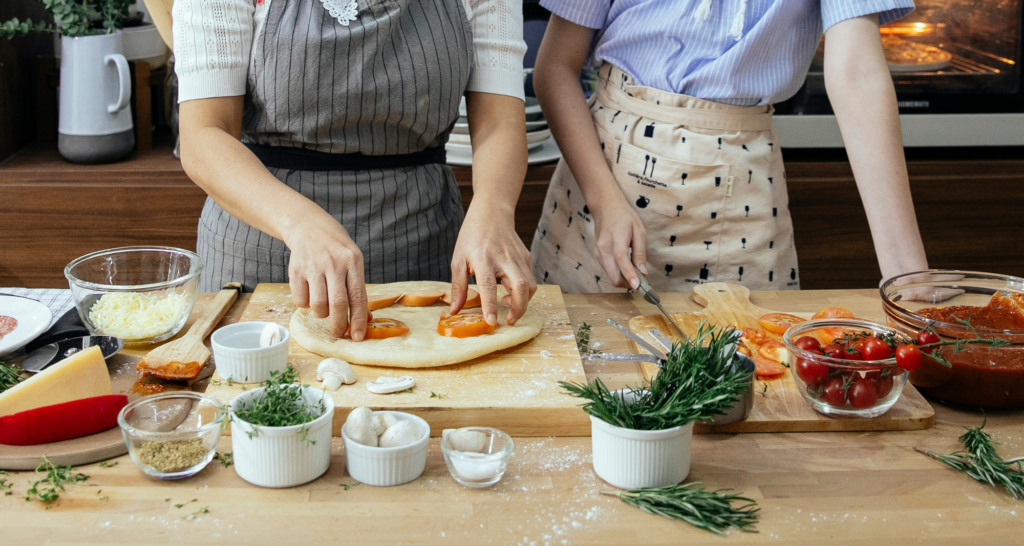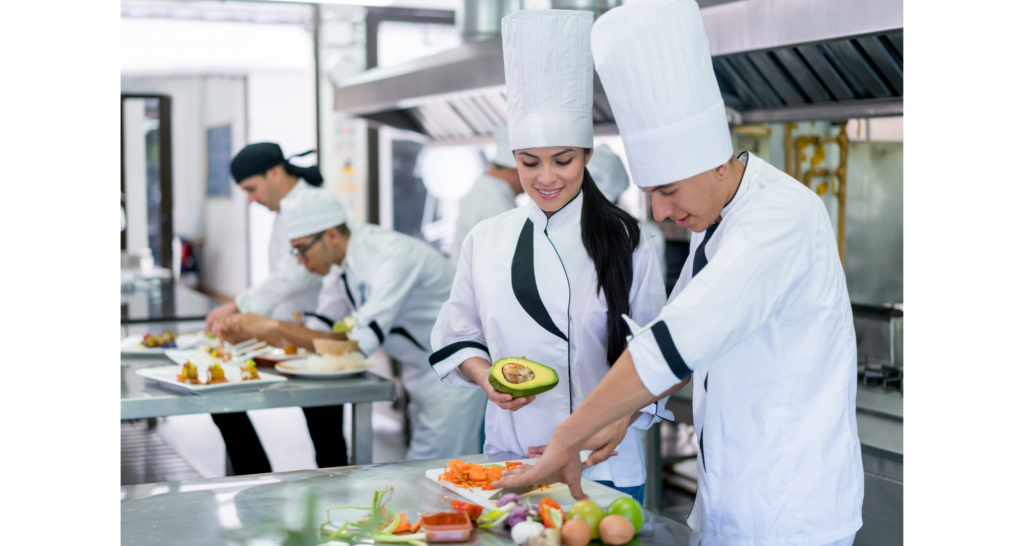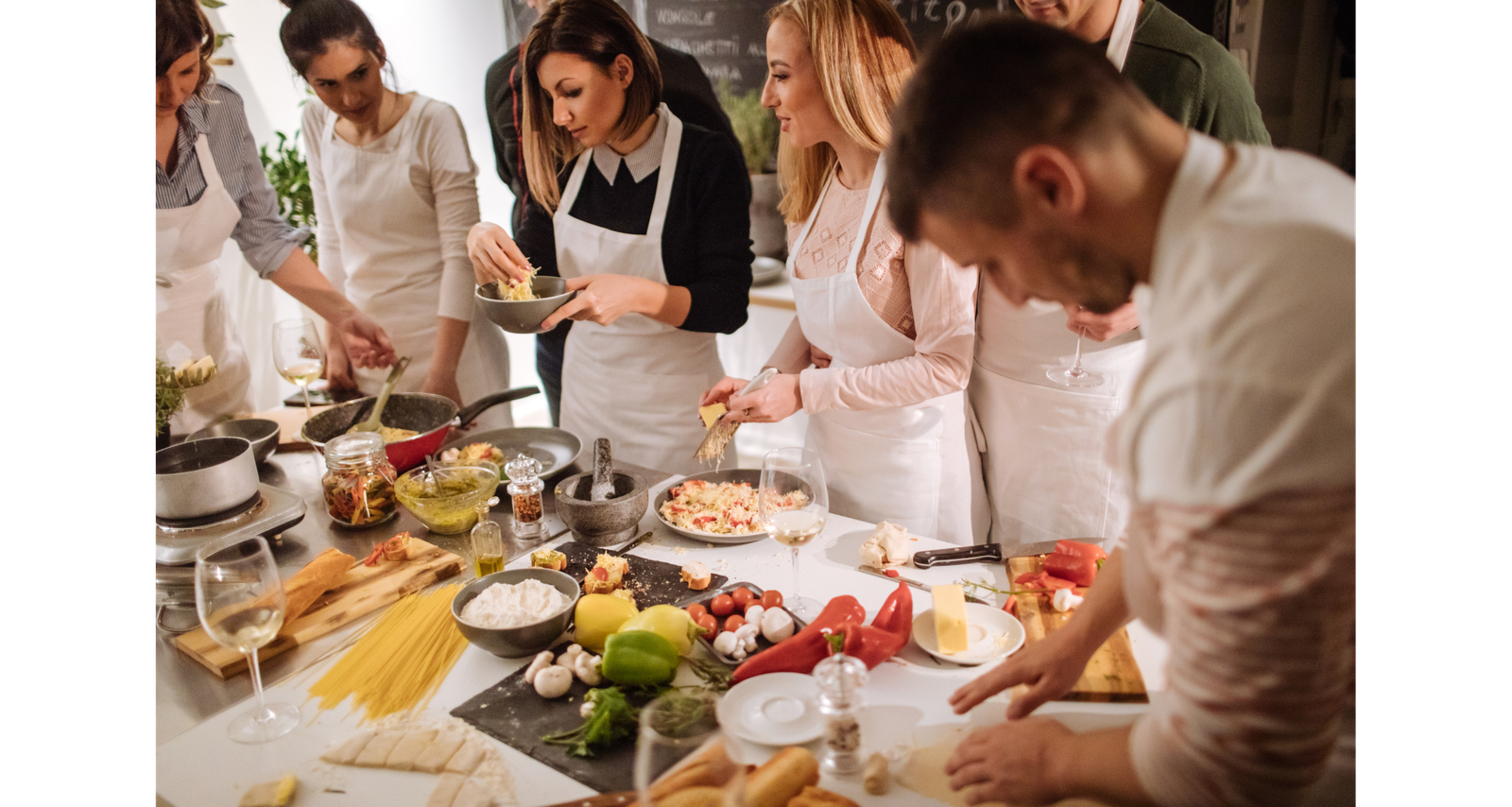In the competitive world of the restaurant industry, maintaining consistency and delivering high-quality food is paramount. One of the key ways to achieve this is through the standardization of recipes. Standardizing recipes is not just about maintaining taste; it impacts various aspects of restaurant operations, from customer satisfaction to cost control. we will delve into the importance of standardizing recipes for restaurant success and how it can transform your business.

What is Recipe Standardization?
Recipe standardization is the process of creating a uniform method for preparing and presenting food items. This involves documenting the exact ingredients, measurements, and cooking methods required to produce a dish consistently every time. By doing so, restaurants can ensure that every customer receives the same high-quality experience, regardless of when or where they dine.
Why is Standardizing Recipes Important?
1. Consistency in Quality
Consistency is crucial in the restaurant business. Customers expect the same taste, texture, and presentation each time they order a dish. Standardizing recipes ensures that all chefs and kitchen staff follow the same procedures, leading to consistent quality. This consistency helps in building customer trust and loyalty, as diners know they can expect the same experience every visit.
2. Cost Control and Efficiency
Standardized recipes help in accurate forecasting and inventory management. By knowing the exact quantity of ingredients needed for each dish, restaurants can reduce waste and control costs. This precision also aids in bulk purchasing and negotiating better deals with suppliers. Additionally, it streamlines kitchen operations, making it easier for new staff to learn and perform their duties efficiently.
3. Time Management
Having standardized recipes allows for better time management in the kitchen. When all staff members follow the same procedures, it reduces confusion and the time spent on training new employees. This efficiency translates to faster service, improving the overall dining experience for customers.
4. Training and Onboarding
Standardized recipes serve as a valuable training tool for new kitchen staff. They provide clear guidelines on how to prepare each dish, reducing the learning curve and ensuring that new employees can quickly become productive members of the team. This consistency in training helps maintain the quality of food even when there is turnover in kitchen staff.
5. Brand Identity and Reputation
For restaurant chains and franchises, maintaining a consistent brand identity is essential. Standardizing recipes ensures that all outlets serve the same high-quality food, preserving the brand’s reputation across different locations. This uniformity helps in building a strong brand image and increases customer confidence in the restaurant’s offerings.
Steps to Standardize Recipes
1. Documenting Recipes
The first step in standardizing recipes is to document them thoroughly. This includes listing all ingredients with precise measurements, detailed cooking methods, and presentation guidelines. Photographs of each step and the final dish can also be helpful.

Read Also :- Boost Your Restaurant Sales with These Menu Optimization Tips
Maximizing Your Food Business Growth: Strategies for Success
2. Testing and Adjusting
Once the recipes are documented, they need to be tested multiple times to ensure they produce consistent results. This testing phase may require adjustments to ingredients or cooking methods to achieve the desired outcome.
3. Training Staff
After finalizing the standardized recipes, it is crucial to train all kitchen staff on how to follow them accurately. This training should include hands-on practice and regular reviews to ensure compliance.
4. Regular Reviews and Updates
Recipe standardization is not a one-time process. It is important to regularly review and update recipes to accommodate changes in ingredients, equipment, or customer preferences. Continuous improvement helps in maintaining high standards and adapting to market trends.
Challenges in Recipe Standardization
While standardizing recipes offers numerous benefits, it can also present challenges:
1. Resistance to Change
Kitchen staff, especially experienced chefs, may resist following standardized recipes, preferring to rely on their creativity and intuition. Overcoming this resistance requires effective communication about the benefits of standardization and involving staff in the process.
2. Maintaining Quality Across Locations
For restaurant chains, ensuring that all locations adhere to standardized recipes can be difficult. Implementing strict quality control measures and regular audits can help maintain consistency across different outlets.
3. Ingredient Variability
Variations in ingredient quality and availability can affect the consistency of standardized recipes. Establishing reliable suppliers and setting specifications for ingredient quality can mitigate this issue.
Conclusion
Standardizing recipes is a crucial aspect of running a successful restaurant. It ensures consistency in quality, helps control costs, improves efficiency, and supports staff training. By overcoming the challenges associated with standardization, restaurants can build a strong brand identity and deliver a consistently excellent dining experience to their customers. Embracing recipe standardization is not just a best practice; it is a strategic move towards achieving long-term success in the highly competitive restaurant industry.
By focusing on the importance of standardizing recipes, restaurant owners and managers can create a solid foundation for their business, ensuring customer satisfaction and operational efficiency. Make recipe standardization a priority, and watch your restaurant thrive in the competitive market.





